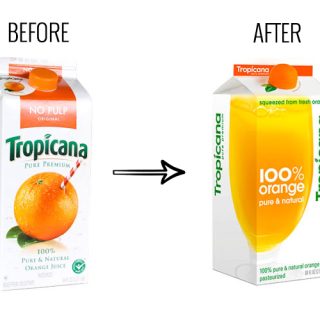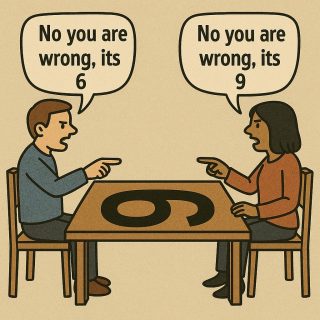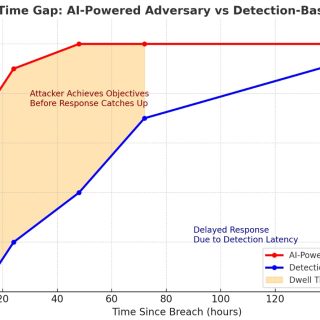
This is about internal business meetings, not meetings with prospects, customers, or third parties.
The biggest frustration is when meetings drag on endlessly, leaving tasks unfinished. People often complain, saying, ‘Yes, but we talked about that…’ . A symptom of unproductive meetings.
Based on my experience, internal business meetings can be divided into two types:
1. Task Meetings
2. Idea Meetings
Let me elaborate on both:
1. Task Meetings:
The goal of a Task Meeting should be to achieve the WWW outcome: What, Who, When for each task.
By the end of the meeting, you should have a detailed list of tasks, including:
– What: A thorough description of each task.
– Who: The person responsible for each task, using the RACI technique for clear accountability.
– When: If an exact date cannot be provided immediately, ask for a ‘date for date,’ ensuring a follow-up date is set to provide the deadline. This prevents tasks from being left unresolved.
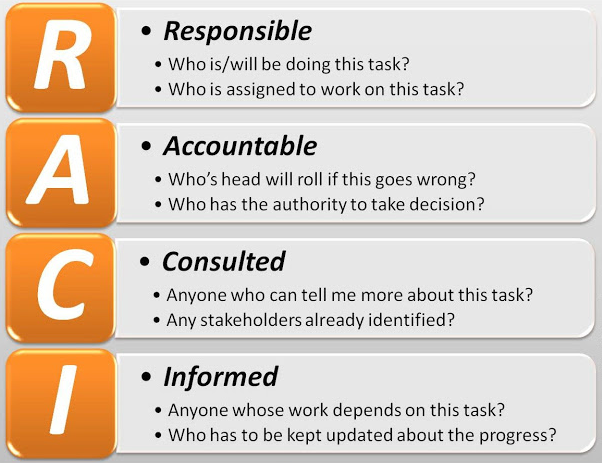
Start the meeting by asking, ‘What question are we trying to answer?‘ Clearly identify the ‘Question’ you want to resolve. Then, go around the room and ask each member for their answer. In these types of meetings, using phrases like ‘Does anyone have any ideas?’ is rarely productive. Let’s be honest, many participants might be checking their texts, emails, or social media feeds. Engage them by using their names and asking them directly for input. This approach ensures participation and productivity.
2-Idea Meetings
In these meetings, the goal is to generate ideas to solve a problem. Begin by defining the problem clearly. Then, go around the room and ask each participant individually for their solution. Avoid using vague language like ‘Does anyone have any ideas?’ as it often gets ignored by those who are distracted. Capture their attention by addressing them by name and asking for their solution. Ensure that everyone provides a solution.
Once you have all the proposed solutions, apply the Six Hat Technique.
Take the first idea presented and ask the participants to wear the black hat and critique the idea, playing devil’s advocate. Continue this process for each idea until you reach a consensus on the best one. Once you have the best idea, operationalize it by holding a ‘Task Meeting’ to turn it into actionable items.
Let me introduce you to my Personal Pet Peeve:
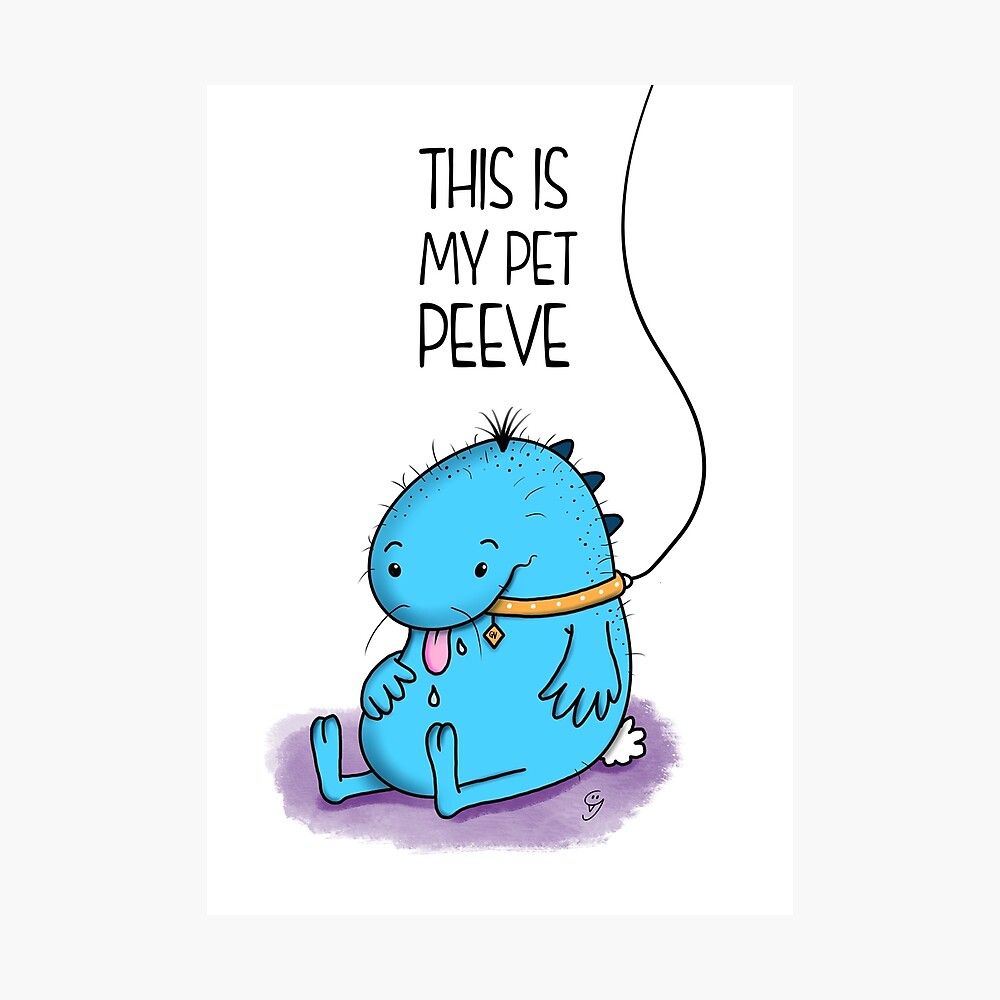
1. When sharing your screen during a meeting, avoid asking, ‘Can anyone see my screen?’ and waiting for a response. This disrupts your presentation and often leads to delays as people hesitate to answer. Instead, say, ‘If you can’t see my screen, please let me know,’ and continue with your presentation. This way, you’ll only be interrupted if there’s an issue.
2. Holding daily status meetings for routine tasks is ineffective. Properly planned tasks with measurable progress eliminate the need for such meetings. Simply track the ‘completion metrics’ to gauge progress. If you’re not measuring, you’re like a blindfolded driver. Frequent status meetings indicate that the business is not data-driven.
3. Don’t let people discuss problems they’ve already resolved. While it may boost their sense of achievement to recount their challenges, it doesn’t advance the meeting and wastes everyone’s time. If you’re stuck and need help, by all means, bring it up. But if the issue is resolved, there’s no need to discuss it.
4. When someone doesn’t answer the question asked, refocus them by saying, ‘This doesn’t answer my question. Can you please address it?’ This prompts them to concentrate on your query and usually results in a request for you to repeat the question.

